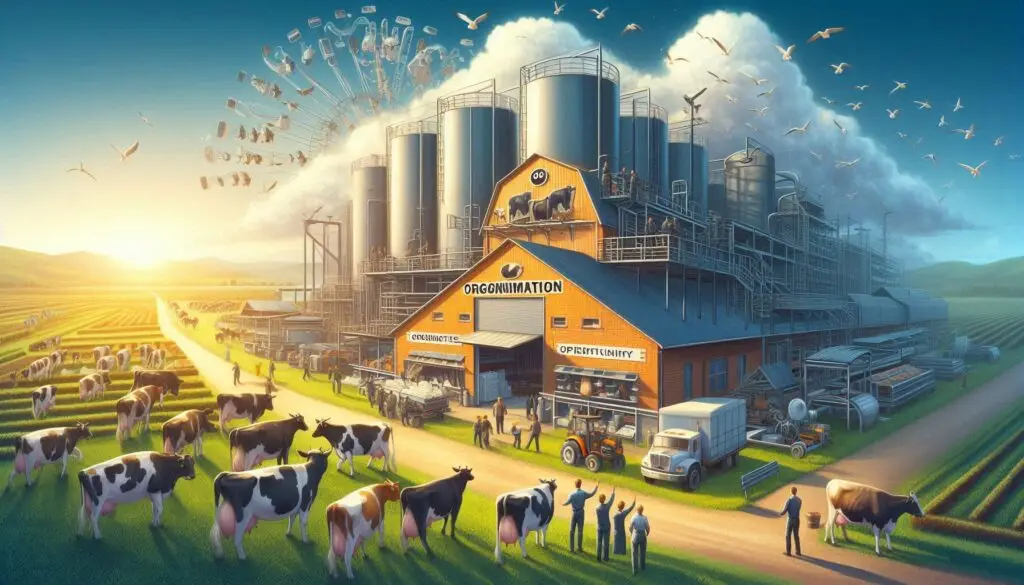Herd recording, budgeting, cost of milk production

Introduction
In the competitive world of dairy farming, effective herd recording and budgeting are essential for maximizing profitability and sustainability. This article explores the importance of these practices, the costs associated with milk production, and strategies for improving herd management.
Understanding Herd Recording
What is Herd Recording?
Herd recording involves systematically collecting data on individual cows and the overall herd. This data includes milk yield, health status, breeding history, and feed intake. By maintaining accurate records, farmers can make informed decisions that enhance productivity.
Importance of Herd Recording
- Improved Decision-Making: Accurate data allows farmers to identify trends and make informed management decisions.
- Increased Profitability: Herds that utilize milk recording often see higher milk yields and gross margins per cow.
- Health Management: Monitoring health data helps in early detection of diseases, leading to better herd health and productivity.
Tools for Herd Recording
Various tools and technologies are available for effective herd recording, including:
- Mobile Applications: Tools like Herdman and Farm Tree allow for real-time data entry and analysis.
- Automated Systems: Advanced systems can automatically record milk production and health metrics.
Budgeting in Dairy Farming
The Role of Budgeting
Budgeting is crucial for managing the financial aspects of a dairy operation. It involves forecasting revenues and expenses to ensure the farm remains profitable.
Components of a Dairy Budget
- Fixed Costs: These include expenses that do not change with production levels, such as rent, insurance, and equipment depreciation.
- Variable Costs: These costs fluctuate with production levels and typically include feed, veterinary care, and labor.
- Revenue Streams: Understanding all sources of income, including milk sales and cattle sales, is essential for effective budgeting.
Creating a Dairy Budget
- Gather Financial Data: Collect historical data on revenues and expenses to inform future budgets.
- Estimate Production Costs: Analyze costs associated with feed, labor, and health care to estimate overall production costs.
- Monitor and Adjust: Regularly review the budget and adjust as necessary based on actual performance and market conditions.
Cost of Milk Production
Breakdown of Milk Production Costs
Understanding the costs associated with milk production is vital for maintaining profitability. Key components include:
- Feed Costs: Often the largest expense, accounting for 40-60% of total costs.
- Labor Costs: Significant, especially in larger operations.
- Veterinary Care: Essential for maintaining herd health and productivity.
- Equipment and Maintenance: Investments in technology can lead to long-term savings.
Analyzing Production Costs
Farmers should regularly analyze their production costs to identify areas for improvement. This can involve:
- Benchmarking: Comparing costs with industry standards to identify inefficiencies.
- Cost Reduction Strategies: Implementing practices that reduce feed costs or improve labor efficiency.
Strategies for Improving Herd Management
Implementing Technology
Utilizing technology can streamline herd management and enhance data accuracy. Consider:
- Automated Milking Systems: These can improve efficiency and reduce labor costs.
- Data Analytics Tools: Software that analyzes herd data can provide insights into performance and areas for improvement.
Training and Education
Investing in training for farm staff can lead to better herd management practices. Topics may include:
- Animal Health Management: Understanding common health issues and their prevention.
- Efficient Feeding Practices: Learning about nutrition and feed management to optimize production.
Conclusion
Effective herd recording and budgeting are critical components of successful dairy farming. By maintaining accurate records and managing costs, farmers can enhance productivity and profitability. Implementing technology and investing in education can further improve herd management practices, ensuring long-term sustainability in the dairy industry.
For more pearls of Vets Wisdom:






Responses